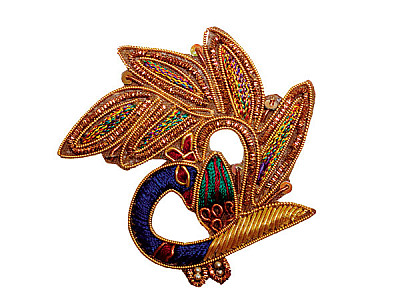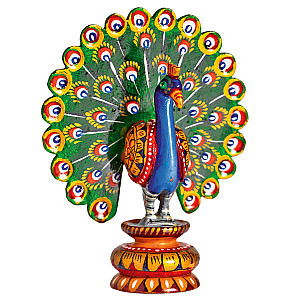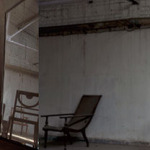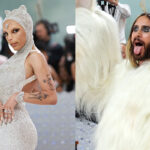The Dance Of The Peacock
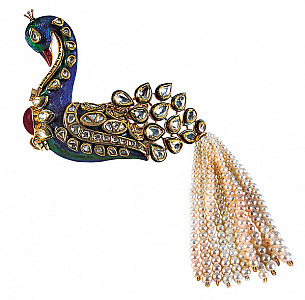
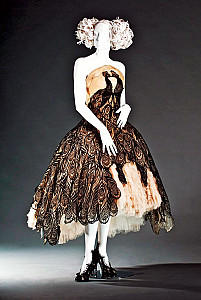
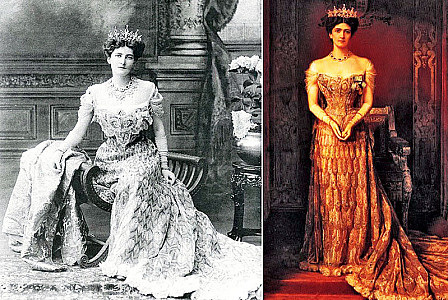
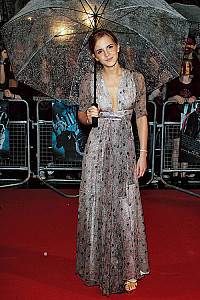
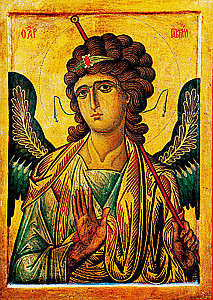
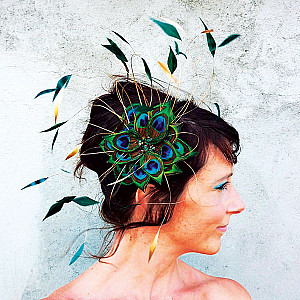
The last time I closely encountered peacocks was one summer in Faizabad, where our fascination as children for these glorious birds preening in our sunlit backyard, was rudely shortened by the terrible racket they were making. It is true that peacocks have the most awful voices in the bird kingdom, a not-so-terrible recompense though, for the vibrant beauty they’ve been blessed with.
More recently, it was an Alexander McQueen dress from 2008 that took my breath away. Two regal peacocks preen their way from the strapless bodice, to the bottom of the ’50s-inspired, full skirt in a cascade of black feathers. The primness of the black appliqué lace work clashes delightfully with the ornamental design. Making me want to tear it off the lucky body of Sarah Jessica Parker (the woman the gown was last seen on) and put it on my own. It now hangs on the lucky ‘body’ of a mannequin at a museum in London.
Designers have been obsessed with the peacock motif even before the term ‘designer’ was used in Common Tongue. Native to India, the first sign of the peacock motif in textile was as long ago as Mohenjodaro. Woven into shawls in the way-back-when of Indian history, it danced its way from South India to Kashmir in a variety of avatars. I particularly love how the motif, so lavish and intimidating on Benarasi brocade, looks graceful, light and almost humble when printed on a cotton patka sash in 18th century Jaipur. The peacock is a motif that seeps into the character of its fabric…graceful on cotton and regal on silk.
Even so, it is for a reason that the term, ‘proud as a peacock’ rings true. In spite of the fact that the peacock motif is commonly found everywhere, from Paithani saris in Maharashtra to block print kurtas in Jaipur today, there was a time when the peacock motif was reserved for the royals. The Mughals used the peacock motif in gorgeous earrings and turban embellishments that reflect a dangerous pride and beauty, unique to that era. The peacock is all over the Mughal period, right from deliciously-jewel-toned miniature paintings to the famously coveted Peacock Throne.
While one might think, (I certainly thought so), that the peacock motif is very Indian, it was pure serendipity to discover this motif on vintage Japanese silk kimonos. If I were to pick my favourite use of the peacock motif, this is it. On the kimono the peacock looks contained and minimal and somehow sharply beautiful, with rich colours coming alive on silk.
Lady Curzon Durbar, in 1903, wore the Peacock Dress at court, made by The House of Worth. The dress is a story in itself. Stitched of gold cloth, embroidered with peacock feathers with an emerald in each eye, this dress was supposedly so magnificent that it left an entire court breathless as she walked by. Like most dresses that I lust after, this one is also at its rightful place on a cold mannequin in a museum.
The peacock motif is never the same. While it appears sometimes as a graceful bird in its entirety, the motif usually found itself in its feather form when the objective of the wearer was simply, to appear magnificent. (This basically means if you wear a peacock feather motif on your person you are bound to speak of yourself as ‘We’ and generally behave in a Queenly manner).
With its decadent past it’s not surprising that the peacock found its way to the 1920s. Extravagant hair ornaments with real peacock feathers were used to embellish short romantic bobs. Vintage reproductions of the peacock motif have come back today. The London department store, Liberty’s, which championed the Aesthetic style, produced a peacock-feather furnishing fabric in 1887 that was reintroduced in 1975, and is still popular today. And with the recent release of The Great Gatsby, an entire trend of vintage-inspired, Art Nouveau style is on its way back.
The peacock motif which once represented Jesus in Byzantine art is now seen in an equally lavish resplendent avatar. Be it dresses by Alexander McQueen or shoes by Christian Louboutin, the motif has progressed from being more than just a decorative element to a cultural comment. Louboutin’s Bollywoody suede pumps are an ode to everything from Bollywood to a particular variety of street kitsch while using the peacock motif. Coming back to my oh-such-a-favourite McQueen dress, the peacock was said to represent Queen Victoria, then Empress of India; the black feathers over cream tulle are meant to imply her self-imposed mourning. Incredible detailing from the genius that was Alexander McQueen. A simpler example however is fashion darling Emma Watson who wears her peacock print dress with Oriental off-tones in everything from the light chiffon fabric to the delicate peacock motif in addition to the quirky umbrella. Rapper Nicki Minaj however, just boggles one’s mind with her ridiculous version of the peacock motif as a hair dye. Is that even a dye? Is that even her hair?
While simple Madras checks are going to be big this year, Oscar de la Renta also brings feminine, ornate, heavy lace overtones to his collection this season. A good time as any to revive the peacock motif from its abandonment in 2008 and give India’s oldest fashion export a new lease of life in contemporary design.
Related posts from Verve:
Verve Trending
Sorry. No data so far.
us on Facebook to stay updated with the latest trends

